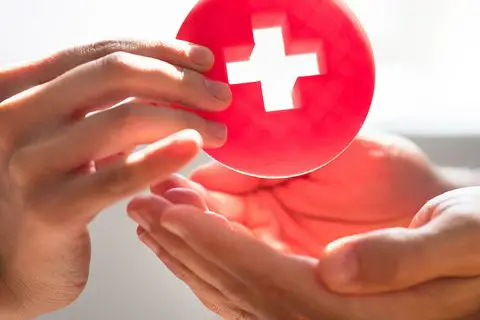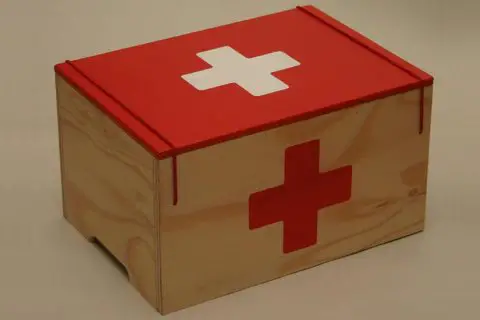Camping outdoor is fun and so also is hiking the mountain trails. It is easy to get all caught up with the busyness of the city while juggling a lot and sort of burning through life. But there is almost nothing as perfect as having a good getaway in the wild with your partner or your whole family to make the most of what nature has to offer. From enjoying the chirping sounds of the night crickets to the cool undisturbed breeze ushered by the tree branches, time spent camping in the wild is nothing short of all dose of sweetness. How about hiking? From relishing in the view from the mountain top to enjoying a quiet time for reflection and soul searching, it’s just the perfect activity you would wish for to get some calories off and as well enjoy the serenity of the outdoor.
In the midst of this, it is important to remind ourselves of the unpredictability of the wild especially with accidents and unforeseen situations that require urgent medical attention. So, when such situations arise, you need to face them and be prepared to deal with them. With the first aid kit handy, you can easily deal with minor injuries and hurts such as burns, abrasions or cuts even on someone else. Thus, it is essential that your kit is well stuffed with the must-haves so that administering first aid to yourself or anyone will come easy.
| Items | ||
|---|---|---|
| 1 | Bandaids | PRICING |
| 2 | Gloves | PRICING |
| 3 | Tape | PRICING |
| 4 | Bandages | PRICING |
| 5 | Tweezers | PRICING |
| 6 | Dressing pads | PRICING |
| 7 | Drugs, medications, antibiotic ointments: - Antihistamines - Hydrocortisones - Ibuprofen - Betadine | PRICING PRICING PRICING PRICING |
| 8 | Scissors | PRICING |
| 9 | Gauze | PRICING |
| 10 | Container | PRICING |
Situations such as getting cut by a plant twig or branch, sustaining bruise, slips, or even missing your foot which may result into dislocation are some of those you will often come across when camping or hiking. If you are camping with your family especially if you have got kids with you, you almost wouldn’t be able to escape such eventualities. Then, the question builds up as to the ten (10) essential things to get into your first aid kit before stepping out for adventure into the wild.
Let’s take a quick delve into the top ten items you should have in your first aid kit as a camper or hiker:
1. Bandaids
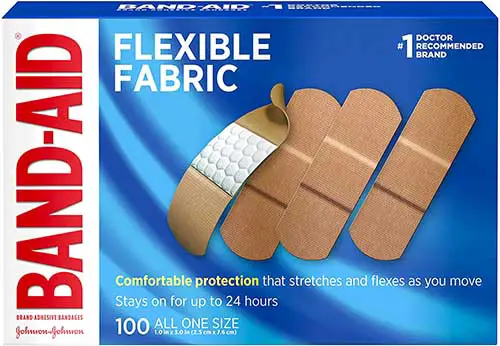
Bandaids are non-debatable, they’ve just got to be in your bag. Or who decides to not have a bandaid in their glovebox? When you are out there in the wild, one of the things you always want to have in your first aid box is a bandaid because they are exquisitely helpful in keeping a bruise or cut from dirt, friction or infections such as bacteria. Bandaids also help greatly in holding together the two cut ends of the skin so that the healing can be improved and faster. A way out in case you run out of bandaids is to use your non-stick clothe dressing with a hyperfix, but we encourage you to go out with more than enough.
2. Gloves
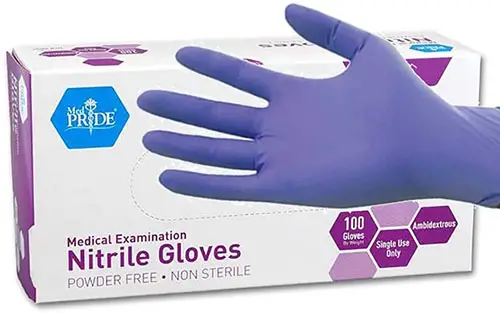
The need to include enough gloves in your first aid kit cannot be overemphasized. Most fully loaded first aid kit often come with them but in case you purchased one which doesn’t, ensure you buy and include it. Protecting yourself is about the supreme room of first aid and the gloves help you achieve that. When you are administering first aid to someone, be sure to have your gloves on so the person’s body fluids don’t come in contact with your hands. More so, it helps keep your hands from infections or from having germs stuck under your nails.
3. Tape
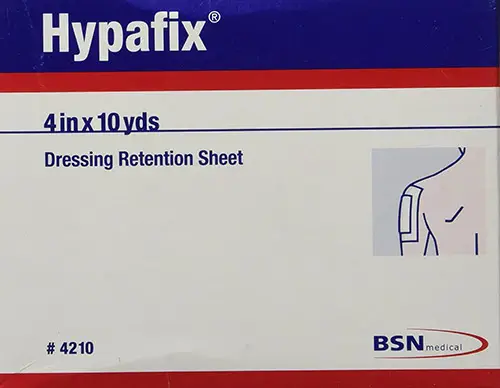
Another item you will find in a first aid kit is a tape of Hypafix. It is probably one of the most used items of the first aid kit and the reason is not farfetched. Hypafix are made from white colored polyester fabric material and come with hypoallergenic adhesive coatings in the backing paper. It helps to ensure complete coverage of the whole wound dressing therefore mitigating the risk of contamination. While a lot of first aid kits have micropore tape coming with them, many campers and hikers alike prefer Hypafix due to its sticky nature and we will recommend that too. Hypafix are available in various sizes and can as well be trimmed into different sizes to attend to your needs. It works super well with a dressing that is non-sticky.
4. Bandages
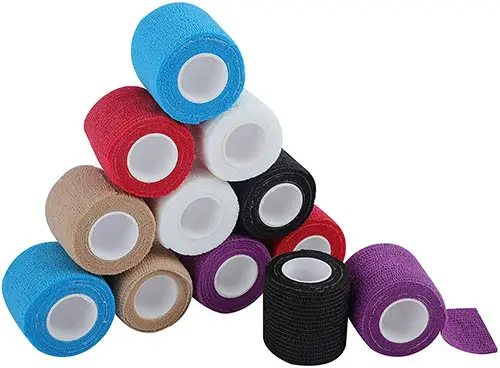
Bandages are also very important and their role in keeping a sprained knee or stopping bleeding is easily felt. They are multi-purpose in their function and will help get through a lot of situations that require first aid treatment, they can be employed for supporting a limb injury, compression in stopping blood loss/bleeding, to keep a dressing in place, as a tourniquet or to splint a limb. When stuffing up your first aid bag, it is advised to have different sizes of bandages which are also of great quality. Most all in one first aid kits that come with items often have inferior quality bandages and you should check that out before heading to the wild. These bad quality bandages make it so hard to achieve uniform compression and are prone to tearing to pieces quite easily.
5. Tweezers
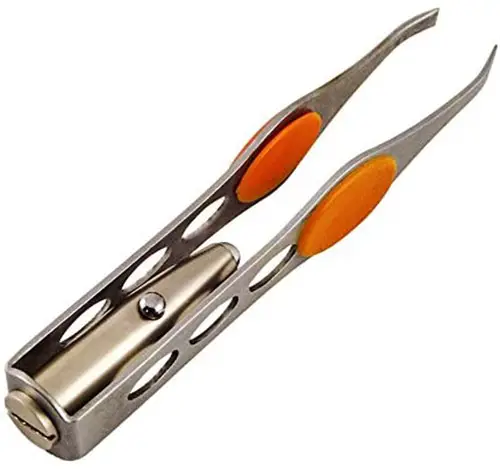
Tweezers help to remove gravel, stings as we as splinters. They are often used during surgery procedures for picking objects too small for the human finger and for temporarily clipping something together. They can be useful when administering first aid treatment to pick cotton or bandages as you dress the wound.
6. Dressing pads
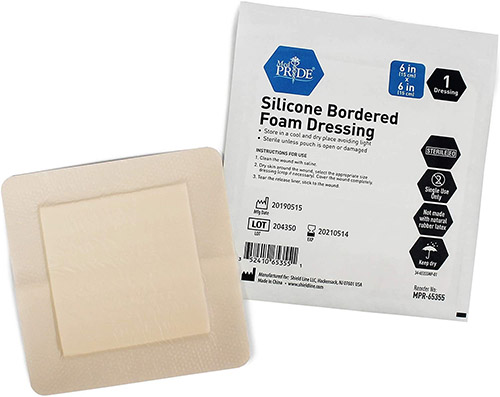
Another essential item found in first aid kits are dressing pads and are perfect for putting on wounds and grazes. It is also great for covering burns as you try to get any help nearby. Often times, we were told as kids to allow a wound open for air to dry it up, but the truth is cuts and wounds are best healed in a warm condition.
7. Drugs, medications, antibiotic ointments
This is one of the most important items in a first aid kit. Talking about antihistamines, hydrocortisones, ibuprofen and lots more. Each of these items have their individual mode of work and are addressed to different first aid situations.
Antihistamines: these medications are great at offering relief and comfort from allergies which directly affects the upper respiratory system. It also provides comfort from common cold effects such as runny nose, sneezing, itching of the throat or nose, and itchy watery eyes by cutting down the effects of the body chemical histamine present in the natural body.
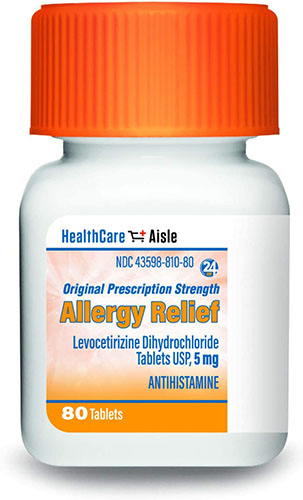
Hydrocortisones: Hydrocortisone medications are great for treating varieties of ailments on the skin. If during your camping or hiking, you got bit by an insect or got touched by a tree poison, what to use is a hydrocortisone medication. It is also used to treat other conditions like allergies, itching, skin rashes, eczema or itching on the genitals. Hydrocortisones help in reducing swelling and any form of redness of skin that can develop when you encounter any of the above conditions. The medication for this is a mild corticosteroid.
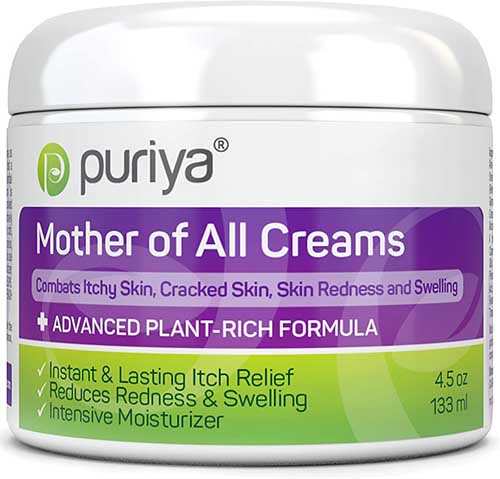
Using Hydrocortisone Cream
There are varieties of hydrocortisone products out there in the market some of which you can easily purchase without any prescription. These are referred to as Over-The-Counter drugs (OTC) and are available for purchase in stores. However, there are some procedures for administering hydrocortisone that needs a prescription before use, so it is best to seek a pharmacist or doctor advice before going for one. You might be unable to reach your medical personnel while in the mild due to network availability. But if you are able to that’d be great, if not, follow through these tips within the normal limits of usage.
In using the hydrocortisone cream, apply only to the skin, excluding your face unless advised by your doctor to do so.
Clean your hands and ensure it is dry, clean up the affected spot too and allow to dry. In case you are using the foam or lotion type, ensure to shake well before using. If it’s a spray, read the package description to know whether to shake before use or not. Put a small amount on the spot and rub in slowly and gently. You can do this four times in a day as you go on with your hiking or camping. Do not use bandage on the area neither should you cover the area except if advised to do so.
Ibuprofen: it is an anti-inflammatory medication which is void of steroids and works powerfully for reducing inflammatory effects of respective hormones. By doing that, it cuts down pain pangs in the body. Ibuprofen is mostly used to treat fever and reduce inflammation or pain induced by severe conditions such as back pain, menstrual cramps, toothache, headache and minor injuries that could develop while outdoor.
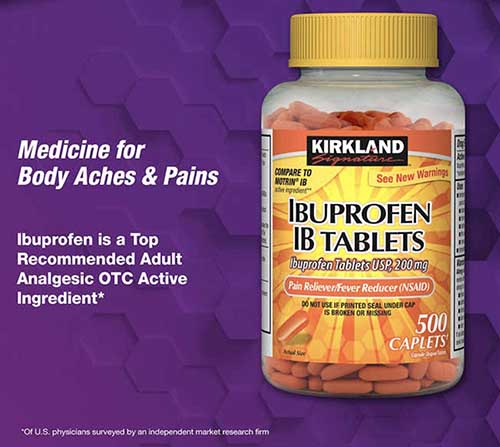
How to use Ibuprofen
It is important that you read the description on the label very well and seek doctor advice even before heading to the wild. Do not take Ibuprofen in excessive quantity or for longer periods beyond the recommended time and keep within the lowest dosage needed to treat the victim’s condition.
An overdose of this medication can affect the intestine and stomach and the lowest amount is therefore strongly advised for treating fever, swelling and other pains. The victim’s quantity need for it depends on the age and weight especially in the case of a child. Ensure the victim has eaten some food before taking Ibuprofen.
Before use, shake very well, then measure. If it comes with a dosing syringe, make use of it, or if it’s a dosing spoon or cup, make use instead. If the Ibuprofen is the tablet type you’ve got there, ensure the tablet is chewed very well before swallowing. Do not use for long term unless if advised and if the condition persists, you may need to phone a doctor on what to do with the available while out there camping or hiking.
Betadine: Betadine is a moisturize ointment and is better referred to as betadine antibiotic and is also used in the treatment of wounds including burns, cuts, as well as scrapes. It is also great for avoiding or treating minimal skin infections. It works by inhibiting or slowing the development and growth of bacteria on the wound spot.
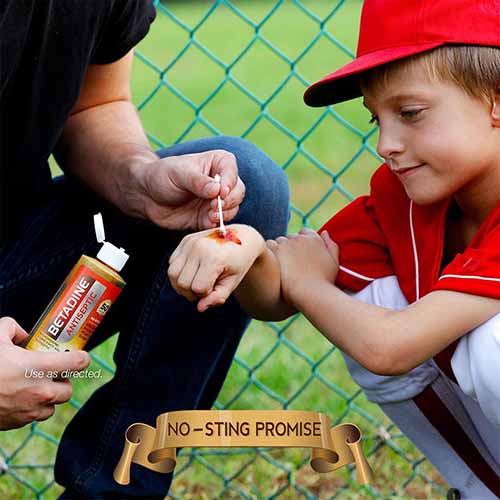
How to use Betadine
As always, we’ll reiterate again that doctor prescription is well advised and important to seek. To use Betadine, put a small quantity in a thin layer on the affected spot on the skin. It is okay to use 1 to 3 times on a daily basis unless advised otherwise by your doctor. If the condition of the injury allows, you can rub the Betadine on it. If you have got the powder type, simply dust some quantity of the medication on the spot. Then apply bandage if you are advised to do so and wash your hands after. Do not use in excess amounts nor for longer period than recommended so as not to increase the risk of side effects.
8. Scissors
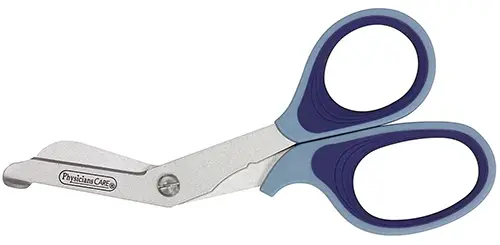
A pair of scissors is needed for cutting bandage, tapes or dressings. It is an essential part of a first aid kit and it’s best to include if not in your kit already. The blunt end can be used to safely cut clothes for tying up a part of the body to stop blood flow through the vessels.
9. Gauze
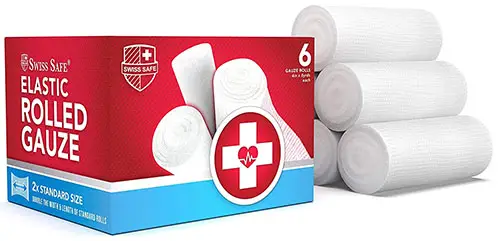
How surprising that many first aid kits do not come with this item. Gauze can help in stopping bleeding and cleaning wounds.
10. Container
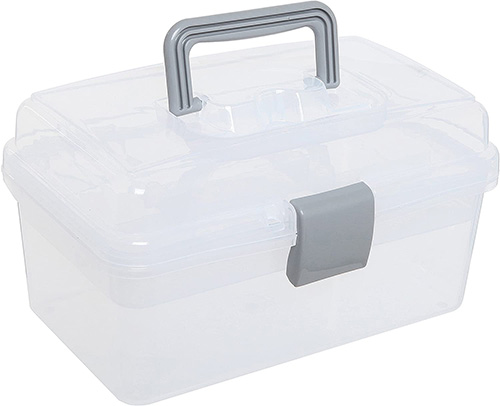
A container to put your first aid tools – metals such as scissors, tweezers, as you prepare to administer to the victim. More so, if you need to have the tools cleaned or sterilized, the container can help you hold the tools in a sterilizer chemical solution.
Conclusion
On a final note, before you step out, always remember to take a quick check on your first aid kit to ensure you have it fully packed with these items. Thanks to modern first aid kits that come with compartments, you can easily organize your items in it without mixing things up. That way you will be able to easily reach out for them when administering first aid.
Don’t forget to check our list of best first aid kits to take with you on your next adventure. It’s time to hit the tracks and make the most of your holiday!
You may also like:

